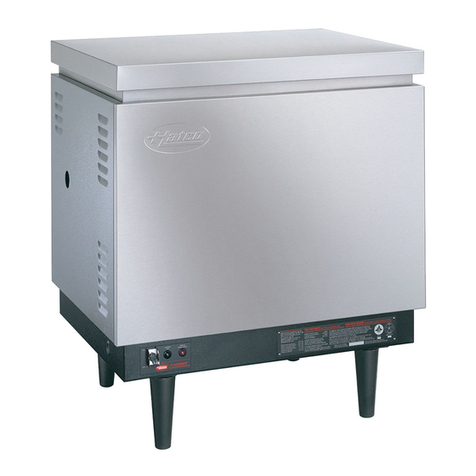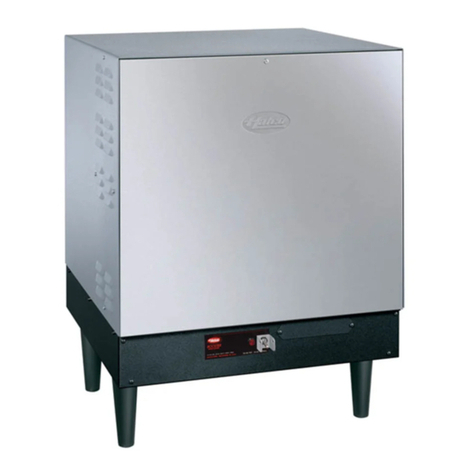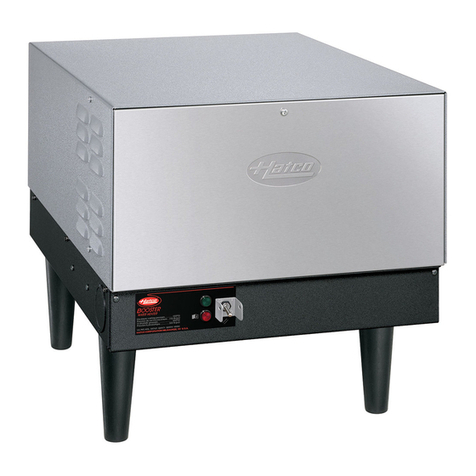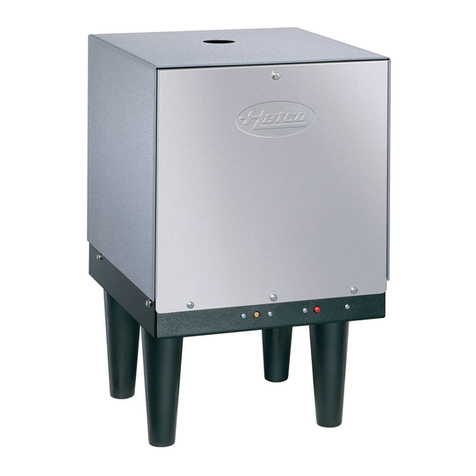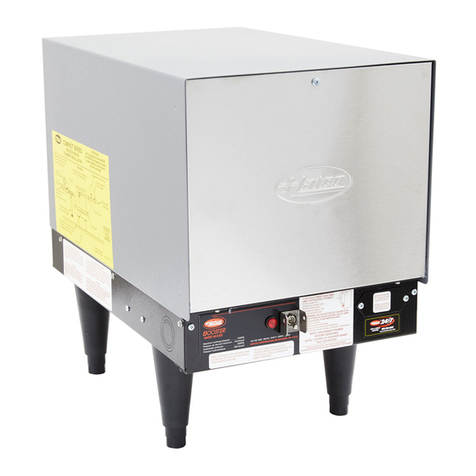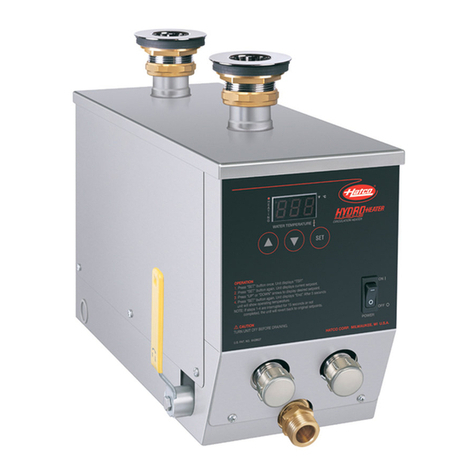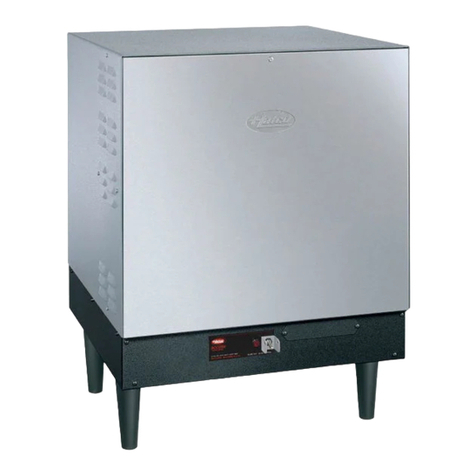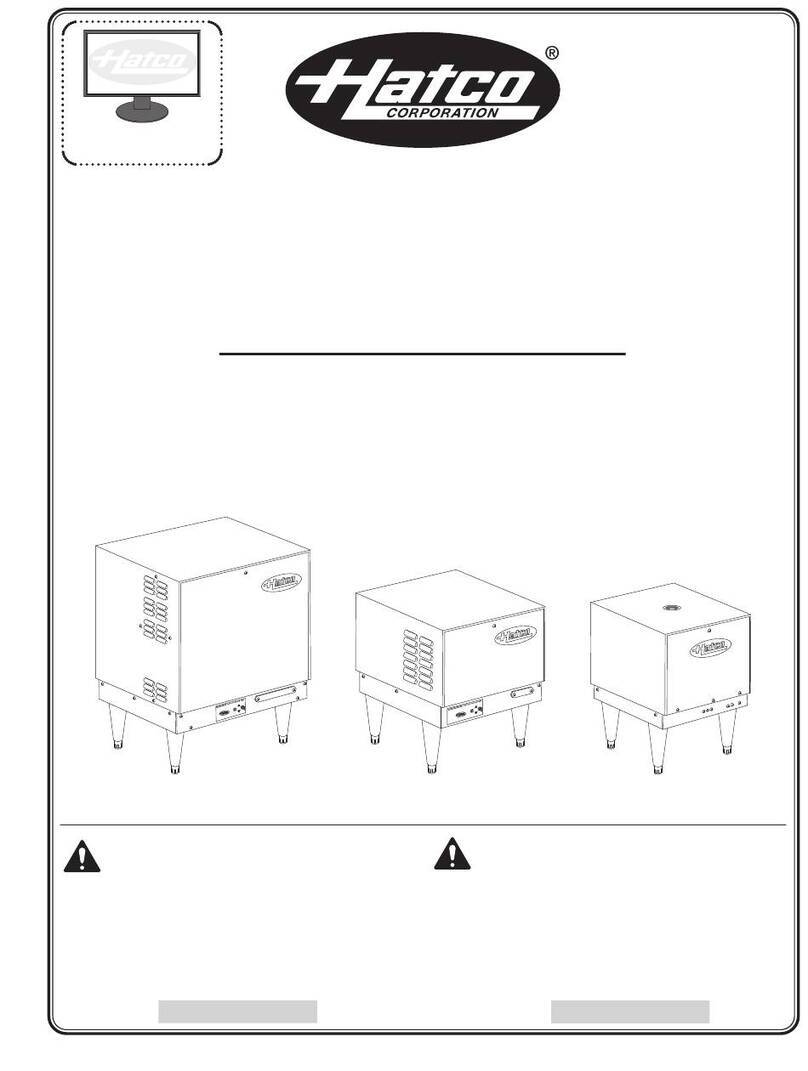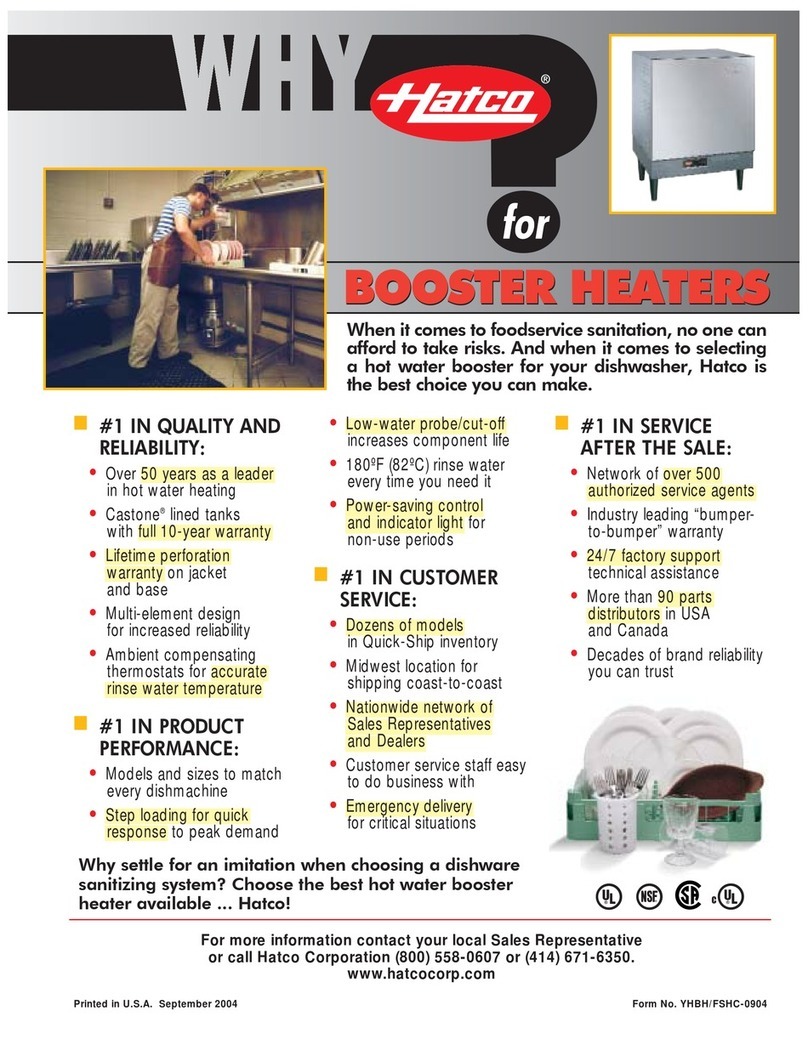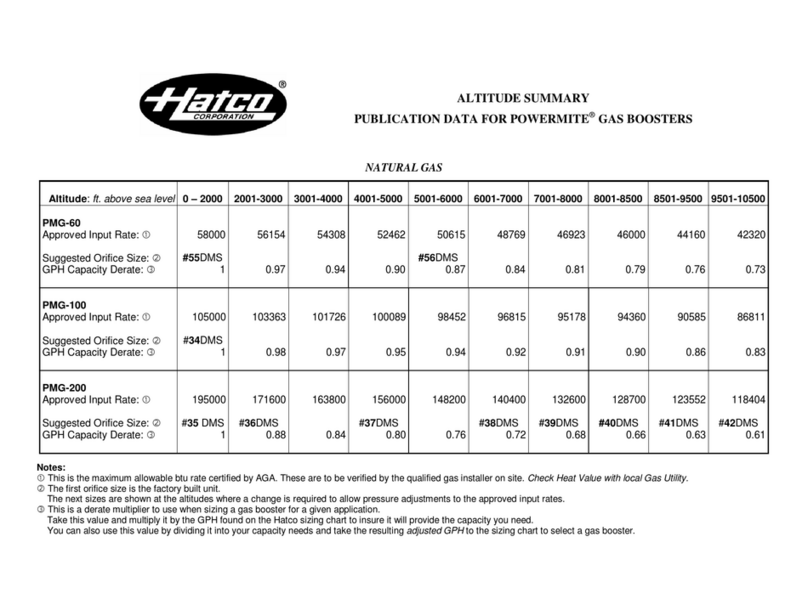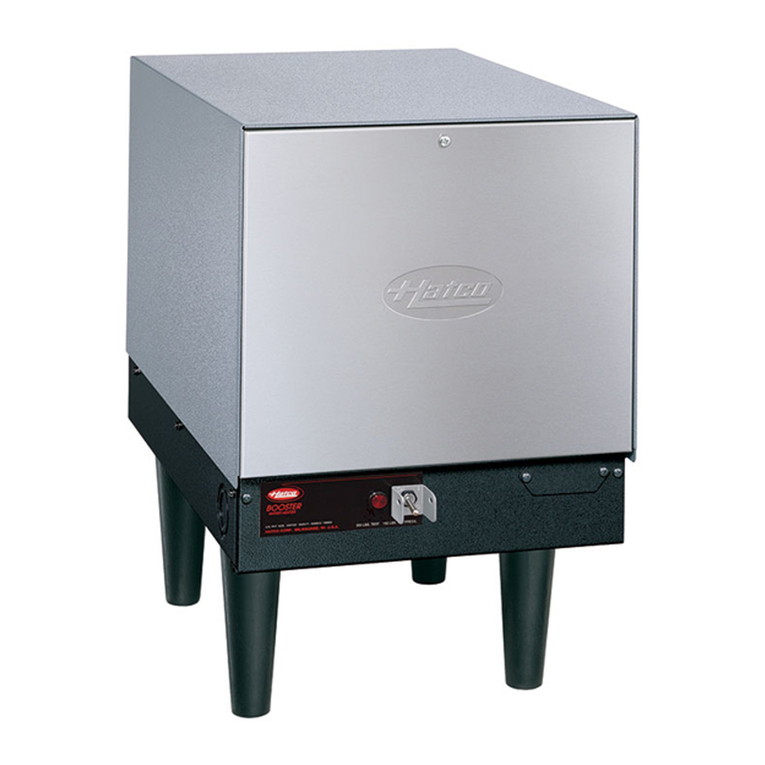
Form No. PMG100200M-0918 3
IMPORTANT SAFETY INFORMATION
FIRE OR EXPLOSION HAZARD:
• Unit must be installed by qualified, trained installers.
Installation must conform to all local plumbing and
gasfitting codes. Installation by unqualified personnel
will void the unit warranty and may lead to fire or
explosion causing property damage, personal injury, or
death. Check with local plumbing inspectors for proper
procedures and codes.
• Do not store or use gasoline or other flammable vapors
or liquids in the vicinity of this or any other appliance.
• The gas used with this unit must be the type specified
on the spec plate on this unit. To avoid personal injury
or damage to the unit, never use any other than the
specified gas.
• The heater and its gas connection must be leak tested
before placing the booster heater in operation. Use
soapy water or commercially available fluid for leak
test. DO NOT use open flame to test for leaks.
• The booster heater and its individual shut-off valve
must be disconnected and isolated from the gas
supply piping system during any pressure testing
of the system at test pressures in excess of 1/2 psi
(3.5 kPa.).
• This appliance must be isolated from the gas supply
piping system by closing its individual manual shutoff
valve during any pressure testing of the gas supply piping
system at test pressures equal to or less than 1/2 psig
(3.5 kPa).
• Dissipate test pressure from the gas supply line before
re-connecting the heater and its manual shut-off cock
to the gas supply line. Failure to follow this procedure
may damage the gas valve. Over-pressurized gas
valves are not covered by the warranty.
• If the information in these instructions is not followed
exactly, fire or explosion may result causing property
damage, personal injury, or death
ELECTRIC SHOCK HAZARD:
• Unit must be installed by qualified, trained installers.
Installation must conform to all local electrical codes.
Installation by unqualified personnel will void the unit
warranty and may lead to electric shock or burn, as well
as damage to unit and/or its surroundings. Check with
local electrical inspectors for proper procedures and
codes.
• Unit is not weatherproof. Locate unit indoors where
ambient air temperature is a minimum of 70°F (21°C).
• If an external electrical source is utilized, the appliance,
when installed, must be electrically grounded in
accordance with local codes, or, in the absence of local
codes, with the National Electrical Code, ANSI/NFPA 70,
and CSA C22.1, Electrical Code.
• Do not place aftermarket covers on or over booster
heater. Doing so can cause temperature and moisture
build-up resulting in premature failure and electrical
shock.
ELECTRIC SHOCK HAZARD: Use only Genuine Hatco
Replacement Parts when service is required. Failure to use
Genuine Hatco Replacement Parts will void all warranties
and may subject operators of the equipment to hazardous
electrical voltage, resulting in electrical shock or burn.
Genuine Hatco Replacement Parts are specified to operate
safely in the environments in which they are used. Some
aftermarket or generic replacement parts do not have the
characteristics that will allow them to operate safely in
Hatco equipment.
This unit must be serviced by qualified personnel only.
Service by unqualified personnel may lead to fire,
explosion, electric shock, or burn.
ALWAYS turn OFF power at fused disconnect switch/circuit
breaker, shut off gas supply, and allow unit to cool before
performing any cleaning, adjustments, or maintenance.
Temperature/pressure protective equipment should not be
less than a combination temperature/pressure relief valve
certified by a nationally recognized testing laboratory that
maintains periodic inspection of the production of this
equipment and meets the requirements for Relief Valves
and Automatic Shutoff Devices for Hot Water Supply
Systems, CSA ANSI Z21.22 /CSA 4.4. The temperature/
pressure relief valve must be marked with a minimum
set pressure not to exceed the marked hydrostatic test
pressure of the booster heater as noted on the unit
specifications.
FOR INSTALLING PRESSURE AND TEMPERATURE
RELIEF VALVES IN ACCORDANCE WITH CSA ANSI
Z21.22/CSA 4.4. Combination pressure and temperature
relief valves with extension thermostats must be installed
so that the temperature-sensing element is immersed in
the water within the top 6″ (152 mm) of the tank. They
must be installed directly in a tank tapping. Combination
pressure and temperature relief valves that do not have
extension elements must be mounted directly in a tank
tapping located within the top 6″ (152 mm) of the tank, and
shall be adequately insulated and located so as to assure
isolation from ambient conditions that are not indicative
of stored water temperature. TO AVOID WATER DAMAGE
OR SCALDING DUE TO VALVE OPERATION, DRAIN PIPE
MUST BE CONNECTED TO VALVE OUTLET AND RUN TO
A SAFE PLACE OF DISPOSAL. Discharge line must be
as short as possible and be the same size as the valve
discharge connection throughout its entire length. Drain
line must pitch downward from the valve and must
terminate between 1-1/2″ (38 mm) and 6″ (152 mm) above
the floor drain where any discharge will be clearly visible.
The drain line shall terminate plain, not threaded, with
material serviceable for temperatures up to 250°F (121°C)
or greater. Excessive length, over 30' (9.1 m), or use of
more than four elbows can cause a restriction and reduce
the discharge capacity of the valve. No shut-off valve
shall be installed between the relief valve and tank, or in
the drain line. Valve lever must be tripped periodically to
assure that waterways are clear. This device is designated
for emergency safety relief and shall not be used as an
operating control. The valves are set to relieve at 150 psi
(1034 kPa) or when water temperature reaches 210°F
(99°C). Read tag on valve for additional information.
Read the following important safety information before using this equipment to avoid serious
injury or death and to avoid damage to equipment or property.
